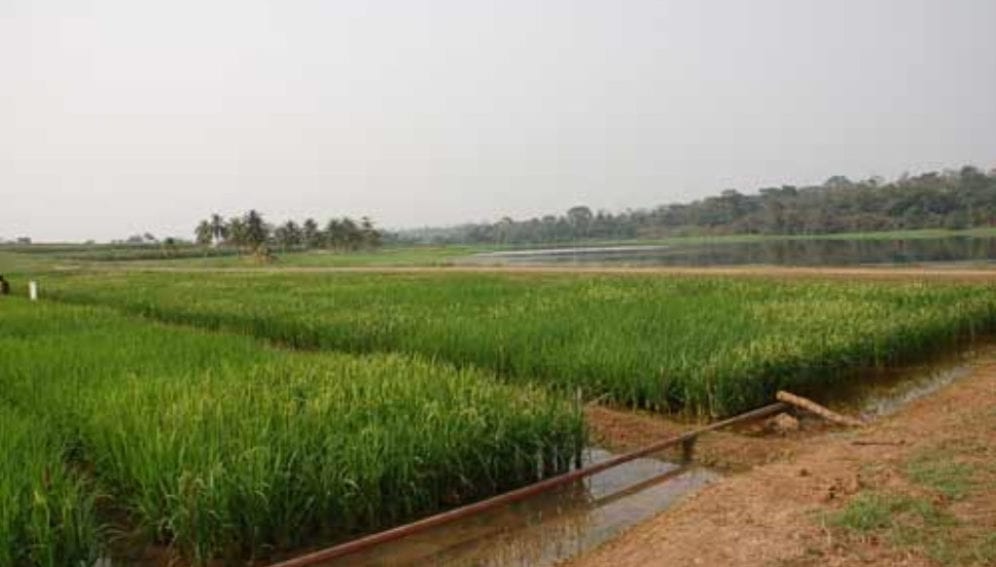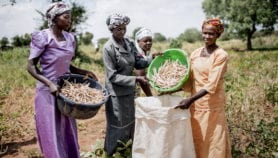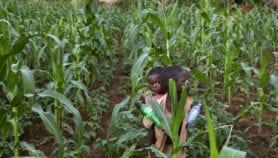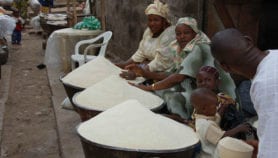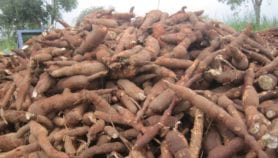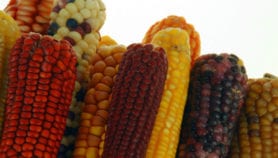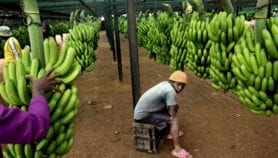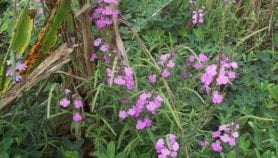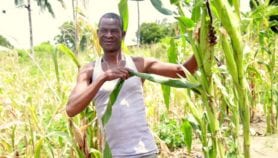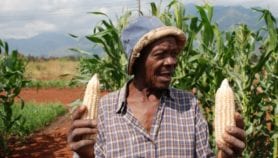寄给朋友
The details you provide on this page will not be used to send unsolicited email, and will not be sold to a 3rd party. See privacy policy.
[阿布贾]最近在尼日利亚发布的三个新低地大米品种可能会导致本地增长三分之一农民’产量。
尼日利亚港口哈科特大学和绿色革命联盟Africa(AGRA) released the varieties — UPIA1, UPIA2 and UPIA3 — last month (11 December) to support the Nigeria government'spolicy为了提高农民在整个西非的产量。
Andrew Efisue, a breeder at the University of Port Harcourt, led a team from the university through six years ofresearchto produce the varieties with a grant from AGRA.
“The new varieties are also distinctive, uniform, and stable across all tested locations, and possess good agronomic traits such as resistance to lodging, early and medium maturity period, and acceptable heights, making them easy to integrate into the Nigerian farming system.”
Sylvia Mwichuli,非洲绿色革命联盟(AGRA)
他说SciDev.Netthat the varieties are responsive to fertilizers.
“Trials were conducted across the country in collaboration with some states agricultural development projects and rice farmers,” he says.
Efisue adds that the yield advantage of the UPIA varieties ranges from 20 per cent to 35 per cent when compared with existing rice varieties.
AGRA describes the varieties as possessing long grains grade A quality and being drought-resistant.
“The new varieties are also distinctive, uniform, and stable across all tested locations, and possess good agronomic traits such as resistance to lodging, early and medium maturity period, and acceptable heights, making them easy to integrate into the Nigerian farming system,” says Sylvia Mwichuli, AGRA director ofcommunicationsand public affairs. “They also meet the cooking quality requirements of Nigerian consumers.”
The Maximizing Agricultural Revenue in Key企业and Targeted Sites (MARKETS), a project funded by the United States Agency for International Development to increase agricultural productivity andfood security, rates Nigeria as “the second largest importer of rice in the world, buying at least two million metric tons a year from exporting countries like China and Thailand”.
According to MARKETS, Nigeria has fertile land and conditions that could aid production of rice to feed the entire country and even have surplus for exports.
Aboubacar Touré, AGRA programme officer for crop improvement and variety adoption, stresses that the new varieties are part of the organisation’s support for smallholder farmers in Nigeria.
尼日利亚的奥贡州稻农协会主席博德·阿德尼肯(Bode Adenekan)表示,新的稻米品种是一个受欢迎的发展。
他说SciDev.Net: “We will use the varieties once we confirm that they are good for our weather”.
This article has been produced by SciDev.Net's Sub-Saharan Africa desk.


